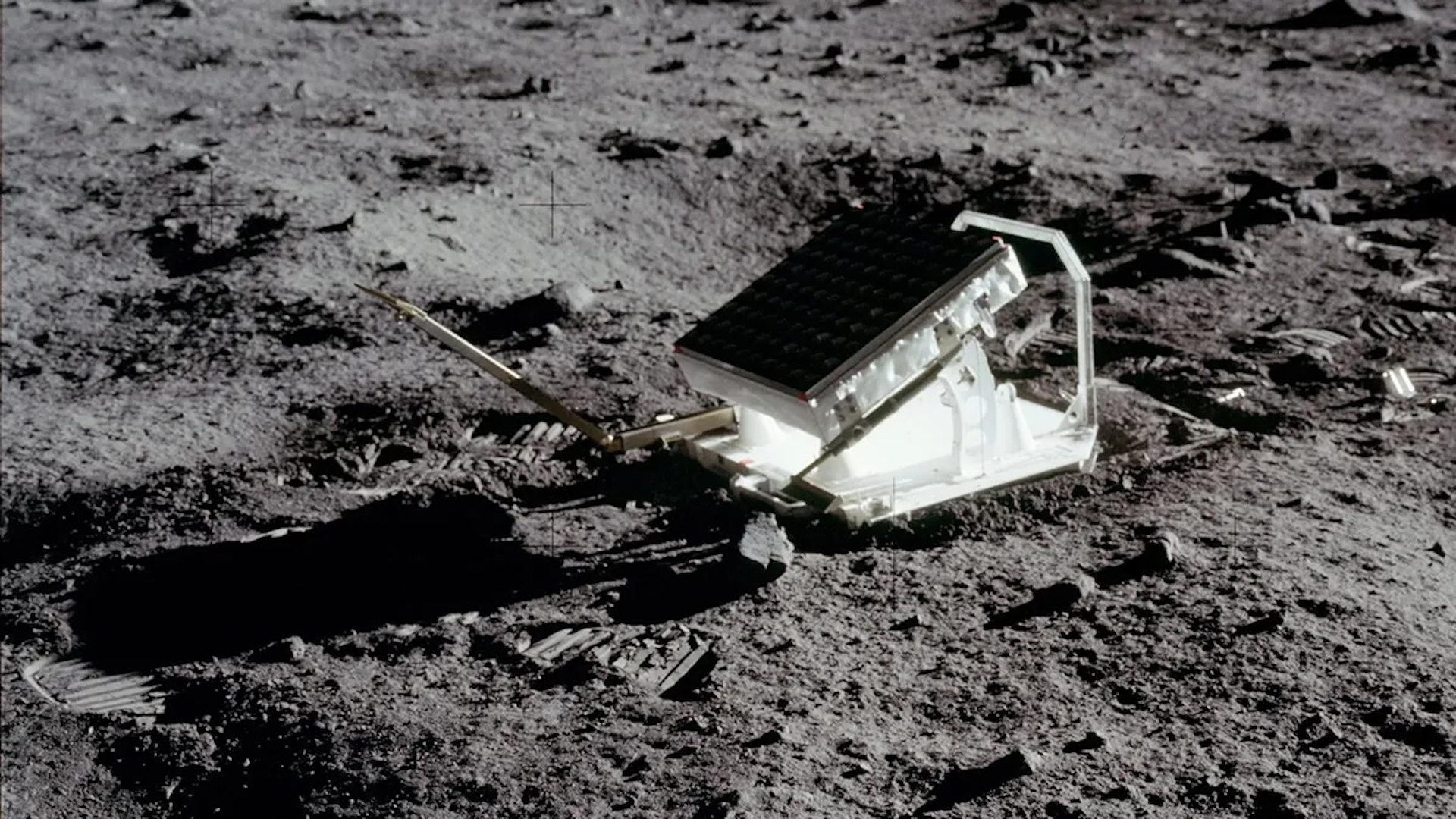Time moves faster on the moon, new study of Einstein's relativity shows
Using Einstein's theory of general relativity, physicists found that clocks on the moon would run 56 microseconds faster than clocks on Earth. That finding will help future lunar missions navigate.

What time is it on the Moon?
In April 2024, the White House issued a challenge to scientists to establish a lunar time standard, looking ahead to increased international presence on the Moon and potential human bases as part of NASA's Artemis initiative. The real question being puzzled over isn't "What time is it?" but, rather, "How quickly does time pass?"
What time a clock reads can be set by any timekeeper, but physics determines how quickly time passes. In the early years of the 20th century, Albert Einstein determined that two observers won't agree on how long an hour is if they aren't moving at the same speed in the same direction. That disagreement also holds between a person on Earth's surface and another in orbit or on the Moon.
"If we are on the Moon, clocks are going to tick differently [than on Earth]," said theoretical physicist Bijunath Patla of the National Institute of Standards and Technology (NIST) in Boulder, Colo. He noted that the Moon's motion relative to ours makes clocks run slower than Earth standard, but its lower gravity leads to clocks running faster. "So these are two competing effects, and the net result of this is a 56-microseconds-per-day drift." (That's 0.000056 second.)
Patla and his NIST physicist colleague Neil Ashby used Einstein's theory of general relativity to calculate this number, an improvement over previous analyses. They published their results in the Astronomical Journal.
Though a 56-microsecond difference is small by human standards, it's significant when it comes to guiding multiple missions with pinpoint accuracy or communicating between Earth and the Moon.
"The fundamental thing is safety of navigation in the context of a lunar ecosystem when you have lots more activity on the Moon than you have now," said Cheryl Gramling, a systems engineer at NASA's Goddard Space Flight Center. "When it comes to navigation, a drift of 56 microseconds over a day between a clock on the Moon and [a clock] on Earth is a big difference, so you have to accommodate that."
Get the world’s most fascinating discoveries delivered straight to your inbox.
Modern precision navigation relies on synchronizing clocks, which involves coordination using radio waves, which travel at the speed of light. Gramling noted that light travels 30 centimeters (11.8 inches) in 1 nanosecond (0.001 microsecond) — an unbelievably short amount of time by human standards — so failing to account for the 56-microsecond discrepancy could potentially result in navigational errors as large as 17 kilometers per day. Even a fraction of that is unacceptable when it comes to Artemis missions, which will require knowing the position of every rover, lander, or astronaut to within 10 meters at all times.
I'm Free! Free Fallin'!
A key result of the theory of relativity is that there's no such thing as absolute time. A clock on Earth's surface will tick more slowly than one in orbit because of gravitational effects, which is why GPS satellites have to take relativity into account. (Coordinated universal time and other standards on Earth use networks of clocks that correct for tiny gravitational differences at various elevations, too.)
Related: 8 ways you can see Einstein's theory of relativity in real life
Determining the difference in timekeeping between Earth and the Moon adds extra complications. The Moon is moving relative to any spot on Earth's surface because of our rotation and its orbit around us, which means any lunar clock will appear to run slower from our point of view. In addition, any clock on the Moon is affected by the Moon's gravity and Earth's. (Artificial satellites aren't large or massive enough for their own gravitational effects to matter.)
Properly handling these effects of relativity requires picking an appropriate frame of reference. Ashby and Patla tackled the problem by acknowledging that the Earth-Moon system is in free fall — moving only under the influence of the Sun's gravity — with each orbiting their mutual center of mass. That enabled them to formulate the contributions from each complication: the rotation of each body, tidal forces, deviations in shape from perfect spheres, and so forth.
Ashby and Patla also performed the calculation for gravitationally stable positions in orbit between Earth and the Moon known as Lagrange points, which could be used for communications relay satellites.
Meanwhile, theoretical physicist Sergei Kopeikin of the University of Missouri and astronomer George Kaplan of the U.S. Naval Observatory independently calculated a 56-microsecond time shift between Earth and the Moon. They also calculated smaller, periodic fluctuations in clock rates due to tiny tidal force variations from the Sun and Jupiter, nanosecond-level effects that, nevertheless, need to be accounted for to obtain 10-meter-scale or better navigational precision.
"The [relativity] community has done us a great service by publishing all this work," Gramling said. "Now we have something to bring to the whole international community of timing experts and say, 'Is this the model that we can standardize for the Moon?'"
It will be many years or decades before the Moon is populated with enough humans and robots to need this level of timekeeping. However, scientists and engineers recognize how important it is to have a lunar standard time in place long before it's necessary. Now they have taken that difficult first step toward knowing what time it is on the Moon.
This article was originally published on Eos.org. Read the original article.

Matthew R. Francis is a science writer and journalist with over 10 years of experience covering astronomy, physics, climate change, mathematics and the way science and society affect each other.


